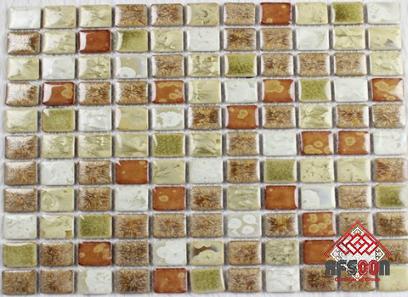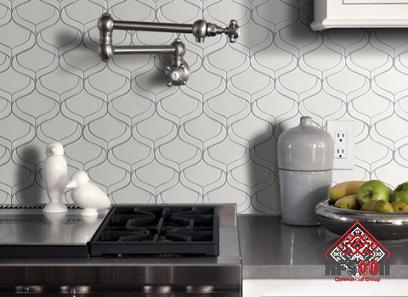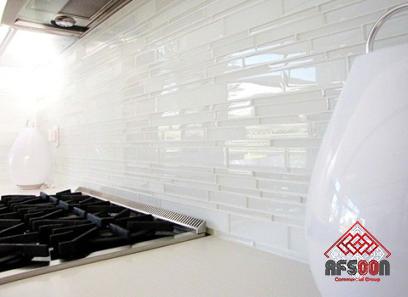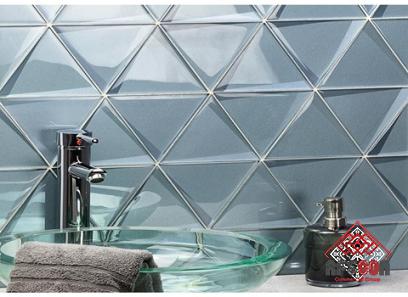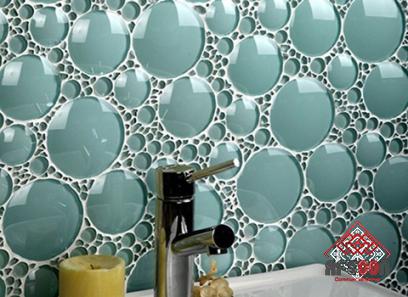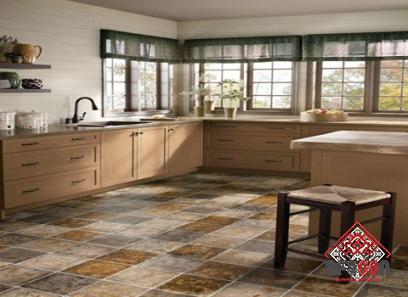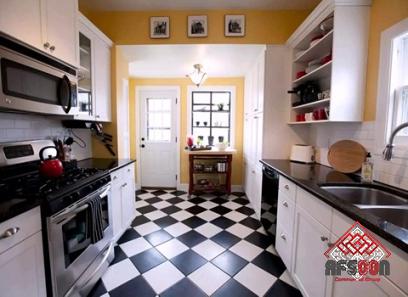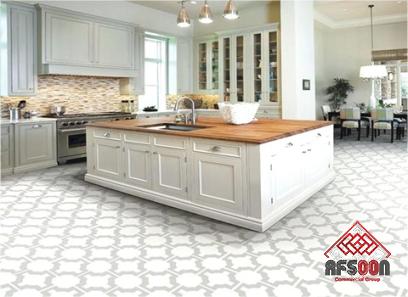Vitrified Tiles Vs Glazed Tiles
Tiles that have been vitrified can be considered to be any tile that has been produced through the technique of vitrification
The tiles are baked at extremely high temperatures at this step of the process
Tiles are said to be glazed when the surface of the tile is glossy and glazed
After having a layer of glaze added to them, the tiles are then put through a firing process at an extremely high temperature
If you are considering replacing the tiles on the floors or walls of your home, you will likely become familiar with a wide variety of terms, such as vitrified, glazed, porcelain, and many others
It could become challenging for you to discriminate between the two of them
The two most common kinds of tiles, vitrified and glazed, will both be discussed in this article, along with their respective advantages and disadvantages
Vitrified The word “tile” comes from the word “vitrify,” which describes the procedure of producing glass or something quite close to the glass
Tiles gained their name from this concept
Vitrified tiles are those that are created by the process of vitrification and belong within the broader category of vitrified tiles

The tile is well-known for having a low capacity to absorb water and for being resistant to the accumulation of stains
Vitrified tiles are often made from a composite material that combines clay and silica in some proportion
This mixture is used to make a tile that does not have pores and has a glass-like consistency
A coating or finish that is glossy and smooth is called a glaze
As a result, tiles that have a coating or finish that is glossy and smooth are referred to as having a glazed surface
The tiles are first given a glaze, and then they are cooked in the oven
Glazed tiles offer a wide variety of design possibilities, including tiles with high-gloss, matte, or abrasive, slip-resistant finishes
They can also be found in decorative forms with various appealing patterns in their design
In addition, some of the tiles have hand-painted patterns on them
It’s possible that you’re wondering how the glaze is actually applied
The tile is typically sprayed with it or coated with it

After that, the tile is put through a baking process at a very high temperature
The vitrification of the tile’s glaze and the production of the lustrous glaze are both the result of the high temperatures
Glazed tiles are preferred for a variety of reasons, including the following: Having a pleasing appearance Water-resistant variety of alternatives that are stain resistant and are accessible on the market Glazed tiles have a number of drawbacks, one of which is that if they are chipped, the non-glazed surface of the tile will be visible on the portion of the tile that was damaged
As a result, the glazed tiles require special attention and care at all times
The term “vitrified tiles” can be used to refer to any tiles that have been baked at extremely high temperatures, which results in these tiles having a lower water absorption rate
On the other hand, tiles that have a glaze applied to them are referred to as glazed tiles
The tiles receive a glossy appearance via the application of a coating of glaze before being subjected to firing at an extremely high temperature; this gives the tiles a reflective quality

On the other hand, a vitrified tile may or may not have a glaze applied to it
Vitrified tiles have quickly become the dominant product in the flooring market and are often regarded as an improvement upon more conventional materials such as marble, granite, and others
They show no traces of wear and tear over the course of many years, despite their exceptional longevity, versatility, high level of functionality, and ease of upkeep
Vitrified tiles are an excellent option for any setting, including the home, office, or commercial space in which they are installed
With the assistance of contemporary cutting-edge technology, the most well-known tile manufacturers have developed a wide range of product options that are designed to be the most suitable for any given project, each of which has its own specific necessities and alterations
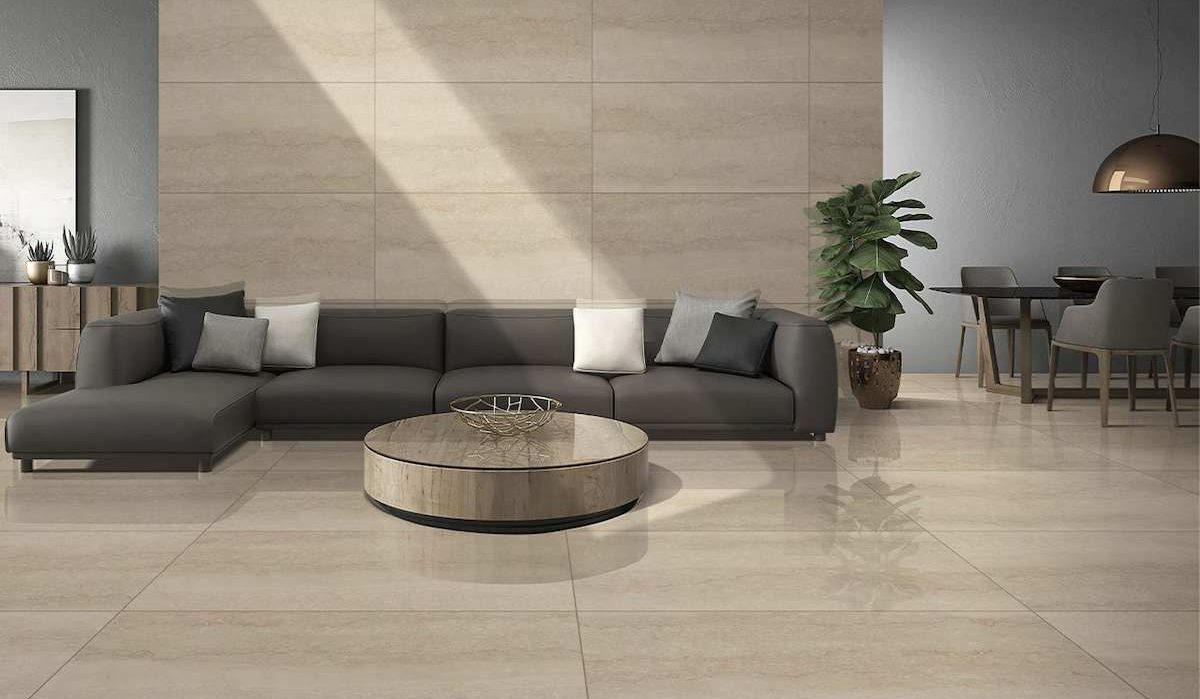
Vitrified Tiles with A Glazed Finish
Glazed vitrified tiles are also known as digital glazed vitrified tiles due to the fact that the designs that give these wall and floor tiles their sparkling appearance are digitally printed on them using current technology that is designed specifically for digital printing
As a result, digitally glazed vitrified tiles are made available in a diverse selection of eye-catching designs, colors, and finishes to choose from
Because of their glossy finish and smooth surface, these tiles are a well-liked option for usage in a variety of applications, whether they are located indoors or outdoors
When it comes to making your room more aesthetically pleasing, glazed vitrified tiles are the best alternative to choose
They are exquisite and may be customized to a great extent, whether in terms of color, pattern, or surface coating
They combine elegance and durability, making them an excellent option for both private homes and commercial establishments
As a result of the development of digital printing technology, GVT tiles may be produced to give the impression of being marble, hardwood, and a wide variety of other interesting materials, styles, and patterns from which to choose
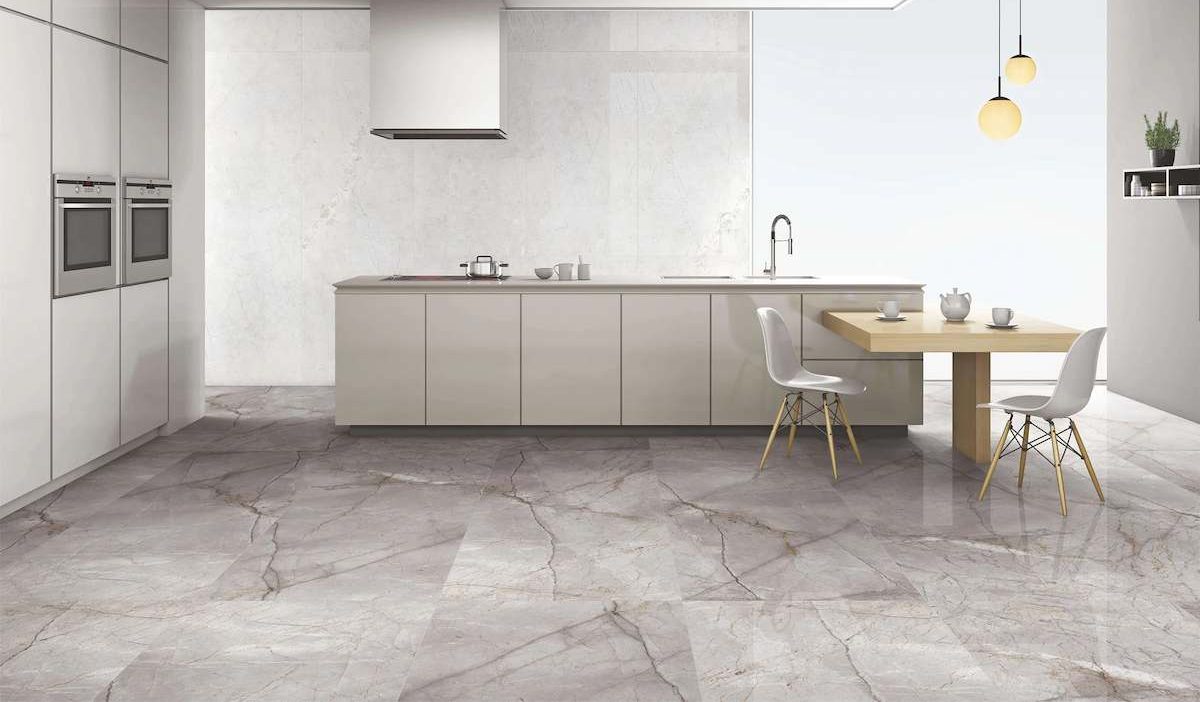
Vitrified Tiles with A Double Electric Charge
Tiles that are double charged and vitrified offer a superior level of strength and durability
They are manufactured by fusing together several layers of pigment, making them significantly thicker than standard tiles
Because of the way these tiles are constructed, they are very long-lasting and simple to clean
Because they are designed to withstand significant pressure and weight, double-charged vitrified tiles are an excellent material choice for areas that see a high volume of foot traffic, such as those in commercial and industrial settings
Double-charged vitrified floor tiles from well-known manufacturers are fabricated using cutting-edge technology, which not only ensures their durability but also keeps their designs looking unblemished and unflawed even after years of heavy foot traffic
Glazed vitrified tiles (GVT) and double charged vitrified tiles (DCV) have their differences, but high-quality versions of both types of tiles are resistant to stains and scratches, simple to clean and maintain, unaffected by the sun’s UV rays, and appropriate for a diverse range of settings and use
GVT and DCV tiles both have a neutral reaction to the sun’s UV rays

